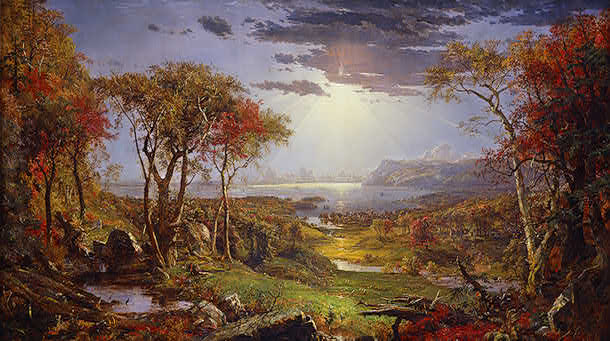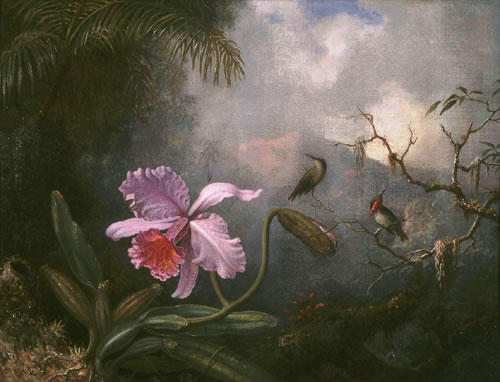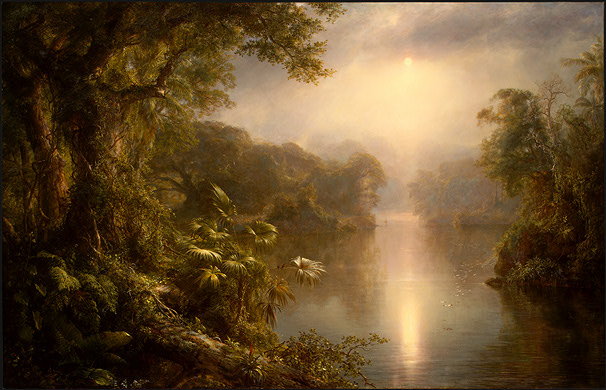Can anyone recommend a really good 20th-century music history text, one including (or even limited to) European music, and extending past the 1970s? The ones I’ve seen are either terribly out of date or crap. I’ve already got a decent 20th-century American text.



